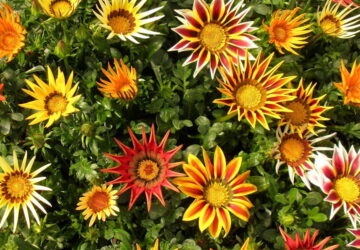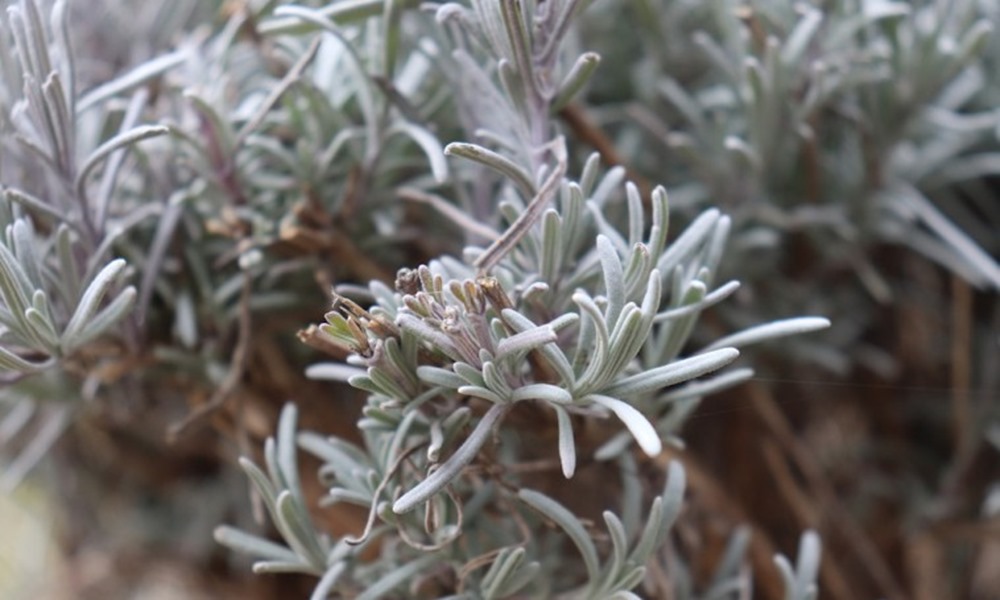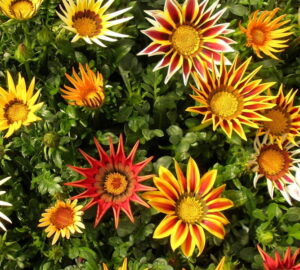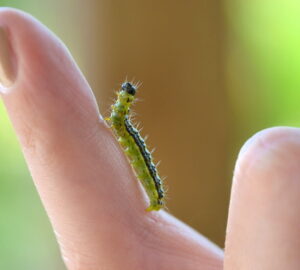Is your beloved lavender plant looking a bit tired after its initial bloom? Fret not, fellow gardeners, for with a touch of summer pruning magic, you can coax it into a splendid encore performance come autumn. In this guide, we’ll take you through the art of lavender pruning, helping you nurture a second wave of fragrant lavender blossoms that not only delight your senses but also provide a vital food source for our buzzing insect friends.
Timing is Everything: July to Early August
Timing is crucial when it comes to lavender pruning. The sweet spot falls between late July and early August, just as the lavender finishes its first spectacular show of blooms. Pruning during this window increases your chances of a second flowering. Although it won’t be as robust as the first, the beauty and ecological benefits make it well worth the effort.

Don’t Wait Too Long
Here’s the golden rule: don’t procrastinate! The earlier you prune after the initial bloom, the better your chances of success. Prompt pruning allows your lavender to regroup, strengthen and prepare for the upcoming winter.
Selective Trimming
When wielding your pruning shears, exercise precision. Focus on the flower stalks that are nearly bare, those with only a few lingering blooms. Position your shears just above the leafy section of the plant. For older, established lavender, hedge clippers might be your weapon of choice. Leave a few centimeters of the flower stalks intact, avoiding deep cuts into the leafy portion.

Spring Pruning vs. Late Summer Pruning
In the gardening world, timing is a recurring theme. Lavender requires different levels of pruning at different times of the year. In the spring, typically around April when frost is no longer a concern, engage in a more thorough pruning session. This should happen before new shoots emerge. Remember not to venture too deep into the old, woody, brown sections of the plant, as this may discourage regrowth. Over-pruning in late summer or autumn weakens the plant excessively for the approaching winter.
Keep the Woody Parts Untouched
Preserve the old, woody portions of your lavender plant. Cutting into these areas is a no-no if you want your lavender to thrive in the long run. By avoiding these, you ensure that your plant maintains its vitality and has the potential to burst into fragrant life again later on.
In summary, nurturing a second bloom from your lavender is an art that involves precise timing and careful pruning. With the right approach, your garden can enjoy the beauty of lavender well into autumn while providing nourishment for beneficial insects. So, seize your pruning shears, find that sweet spot in the calendar, and prepare to delight in lavender’s encore performance. Your garden and the buzzing creatures that call it home, will thank you for your efforts. Happy gardening!









